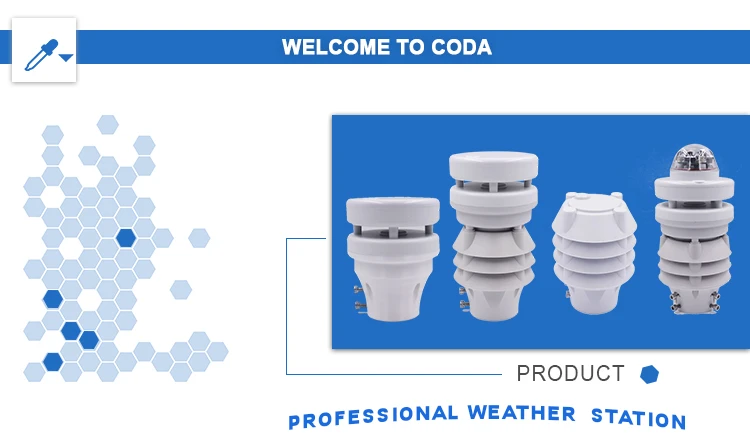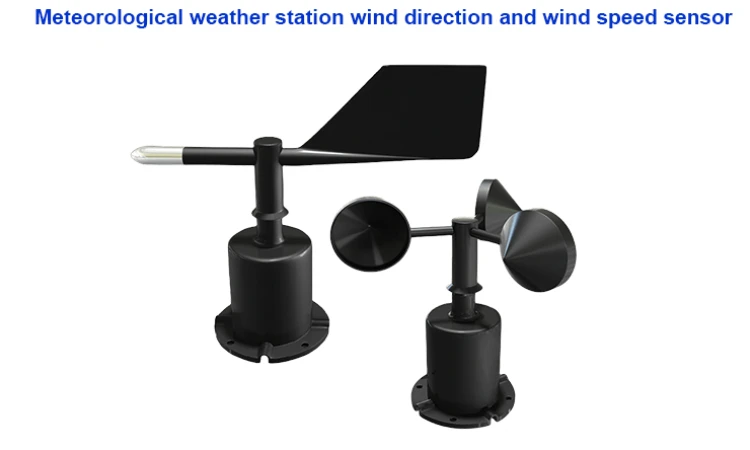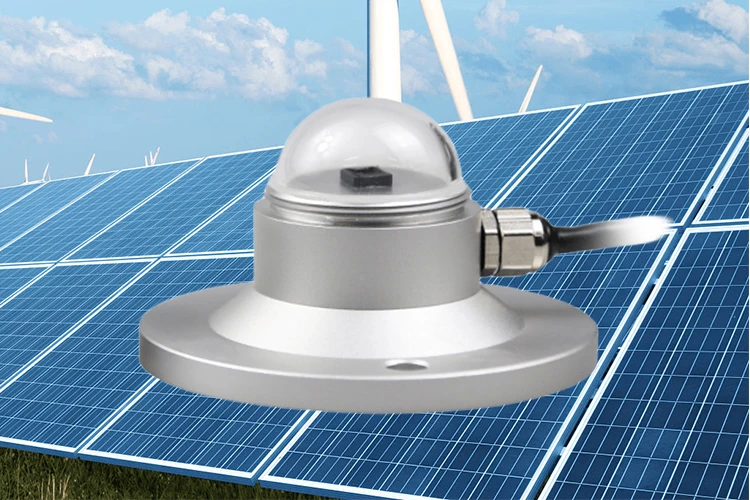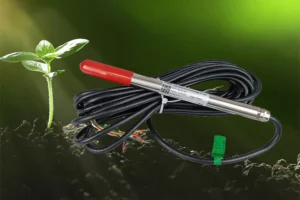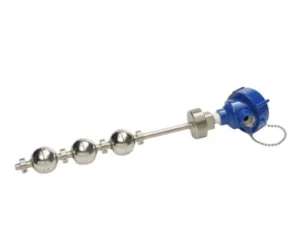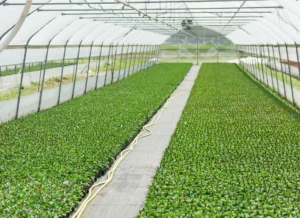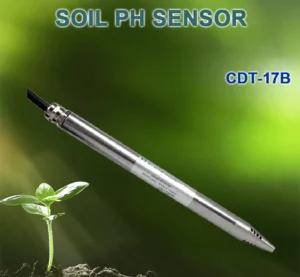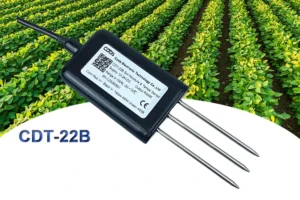what is the Top 10 outdoor weather sensor?
Best outdoor weather sensor are important for understanding the environment. People use them in professional weather station, scientific research, and large ambient weather monitoring networks. Engineers create these sensors to measure different weather conditions accurately. They provide data for weather forecasts, climate studies, and daily decisions. This information helps people plan outdoor activities and manage farming tasks. This article will explore the top 10 weather sensors, discussing their functions, working principles, applications, and key features.
Temperature and Humidity Sensor:
This is an important part of outdoor weather sensor systems. People often store it in a waterproof and dust-proof solar radiation shield. This helps it measure air temperature and humidity well. This type of weather sensor is the most commonly used. It also provides the best results.
Wind Speed Sensor:
The three-cup wind speed sensor is a special tool used to measure wind speed near the ground. It adopts the traditional three – cup structure. Engineers make the wind cup from strong ABS material. They also add a smooth internal bearing system. This helps ensure accurate information collection.
There are also ultrasonic wind speed sensors and hot-wire wind speed sensors. Ultrasonic sensors measure wind speed by sending out ultrasonic signals. They check how long the signals take to travel and their direction. These sensors are very accurate and respond quickly. Hot-wire anemometers measure wind speed using heated wires. They rely on how heat dissipates from the wires.
Wind Direction Sensor:
The main part of the wind direction sensor works like a ambient weather vane. When the breeze hits the tail fin of the wind vane, the arrow points to the wind’s direction. It sends this information to the coaxial code disc. The disc then shows the physical device that represents the wind direction. There are two options based on the measuring range. One is an eight-direction wind direction sensor. The other is a 360-degree wind direction sensor.
Rain Gauge:
Rainfall is very important in weather research. A common tool for tracking rainfall is the tipping-bucket rain sensor. This type of rain gauge is better than the standard measuring cup. It gives more accurate measurements and can take readings automatically. This means it does not need manual help. Stainless-steel rainfall sensors work well for long-term outdoor monitoring.
Atmospheric Pressure Sensor:
This device measures barometric pressure. It turns this information into an electrical signal or another type of output. It is made of sensitive and conversion components. You can use it to measure barometric pressure and altitude. It supports professional automatic weather stations.
Solar Radiation Sensor:
The solar radiation sensor is an important tool for weather observations. It helps assess solar energy resources and monitor solar power plants. People often use photoelectric and pyroelectric total solar radiation sensors. The sensor has a special transparent dust cover that protects the sensing part. This cover allows light to pass through at a rate of 95%. A special treatment stops dust from sticking to the surface.
Sunlight Sensor:
This device measures how strong light is. It works by changing light intensity into a voltage or current reading. The light sensor has a very sensitive detector. It can detect both artificial and natural light. This makes it useful for many applications.
UV Sensor:
It measures how strong ultraviolet radiation is in sunlight. Ultraviolet radiation affects human health and the environment. For example, too much exposure to ultraviolet rays can harm the skin and cause other issues. Researchers often use UV sensors in weather monitoring, environmental protection, and other areas.
Noise Sensor:
It measures the noise level in the environment. Noise pollution is a concern outdoors too. Noise sensors can monitor noise levels in various places. They provide data to support environmental protection and urban planning.
PM Sensor :
This measures the amount of tiny particles in the air, like PM2.5 and PM10. These particles greatly affect air quality and human health. Researchers often use PM sensors to monitor air quality. These sensors are important tools in environmental and weather stations.
